The Campfire Girl & The Marxist, Pt. II (1915)

(And now, the thrilling conclusion of – “The Campfire Girl & The Marxist.”)
THE ESCAPE PLAN
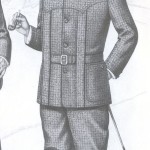
The escape plan seemed so simple in its design that it was later wondered how it ever worked. Although the overall scheme of hopping freight trains headed west was plotted intimately with maps and the help of encyclopedias, the actual disguise plans and methods for eluding authorities was rather, well, sophomoric.
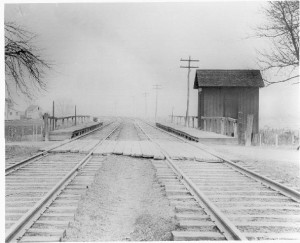
But it worked.
It seems that Max went down to a store on Fulton street, and there bought for Viola a pair of brown knickerbockers, a Norfolk jacket and a gray cap with a peak on it like a bicycle cap.
Viola would look like a boy bicyclist.
“He just guessed at the measurements,” said Bostick, adding with a knowing grin, “and I must say Max was a fine guesser.”
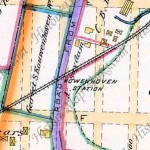
When Max, Viola, and Andrew arrived at the Kowenhoven station of the Long Island Rail Road – for Andrew was an accomplice in their escape – Max made a suggestion that must have rankled Viola – that, to aid in their escape, she could roll her hair up and hide it under her cap.
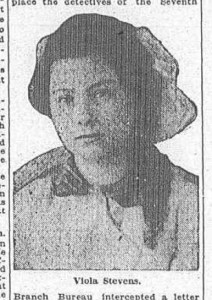
Viola, however, was having none of that.
If she was going to be a boy, she was going to go the distance. She stated firmly that she wanted her curly locks shorn completely.
So, there, under the archway of a railroad bridge, Max snipped off six “curls.” He kept three, bound in a handkerchief, and gave three of them to Andrew.
Viola then disappeared under the bridge where she donned the brown knickers, the Norfolk jacket, black shoes and stockings, a soft collar and a blue four-in-hand tie.
“All togged out,” Andrew smiled, “she made a pretty fair boy.”
Andrew explained that the boy and girl adventurers were to travel as “brothers,” using the names of Martin and Frank Sayville.
GO WEST, YOUNG MEN!
The two wayward souls would ride the rails like real hobos for several days, narrowly evading capture in a number of towns.
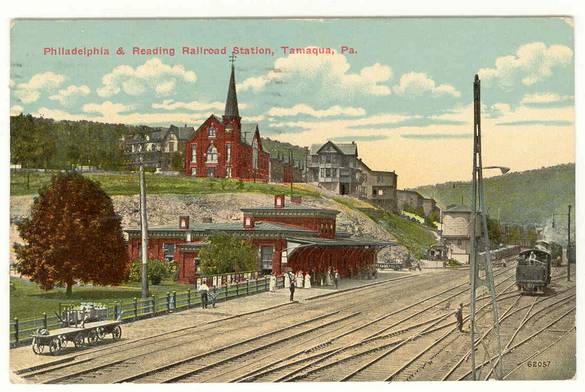
Their first close call came in Mauch Chunk where they were invited by a switchman to spend the night in the telegrapher’s shanty in the railroad yards, when in the middle of the night a detective approached and almost identified them before they fled.
In Allentown, where they saw the first newspaper containing news of their departure, they had an offer to stay at the YMCA for the night. They suspected that they were noticed, though, and ended up fleeing that city, too.
Their undoing, though, came in Tamaqua, PA, where they arrived one evening at the railway station. They had been out of money at that point for a day or so, and had not eaten in as long, when they came upon the town’s police chief, Philip Ehrig.
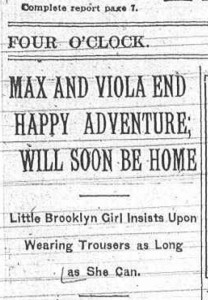
They asked him where they could get something to drink. Ehrig pointed toward the “P. and R. station” (a colloquialism for the Philadelphia and Reading railroad station) and told them that they had “a pretty good water tank there.”
So, they headed off in that direction.
A little while later, after the town’s newspaper editor told the police chief that he suspected who they were, Ehrig invited the two “boys” to his office in the Town Hall.
There everything came out. Max tried to keep the secret, but soon came clean with their identities – he was slightly ill and ready to return home. Viola, however, was a different story. She, likely, would have held out until Arizona, her desire for freedom was so great.
Ehrig telephoned the parents and “the jig was up,” as the saying goes. Representatives from each family drove out to Tamaqua and retrieved their children.
Although Viola’s mother brought several skirts along with her for Viola to change into, Viola protested. She insisted on remaining a “boy” for as long as possible.
BACK HOME
Back in Brooklyn, Viola’s and Max’s parents would not allow the two to see one another. The press, though, stood in line for the chance to see each “boy.” Viola’s mother stood firm, not allowing interviews nor anyone from the house to speak of the entire episode. To Mrs. Stevens, the adventure had never happened.
Max, though, spoke freely and with gusto, talking of their experiences and praising “Vi” to no end.
His story told of trains “jumped” here, of meals “handed out” there, of a kindness shown by wayfarers, and the narrow escapes they had from being found out. Throughout his story, though, Max came back time and again to compliment his “boy” companion.
“She’s one of the best little sports that was ever known,” Max smiled, ruminating. “She was as fine a boy as you ever laid eyes on.”
And so the saying goes, “Boys will be boys.”
(And so will some girls).
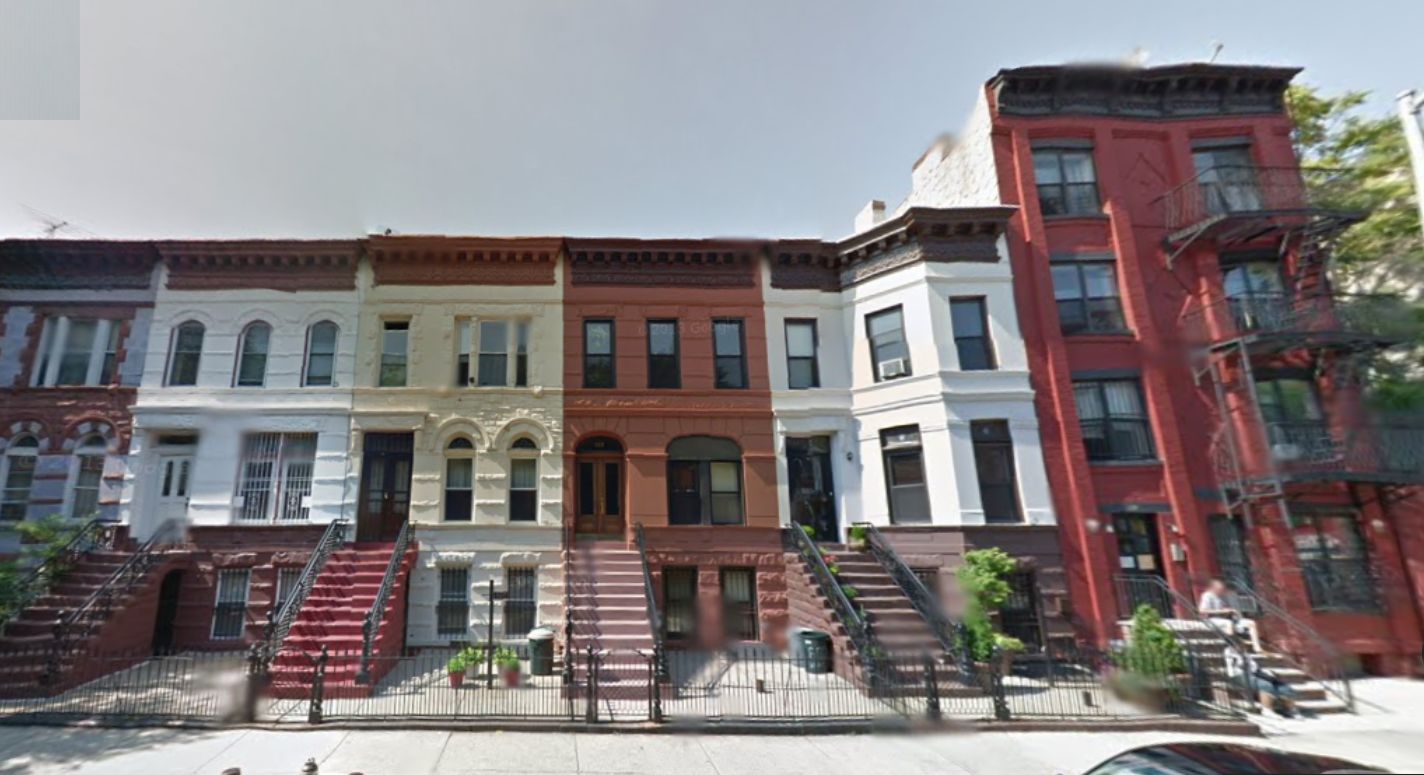
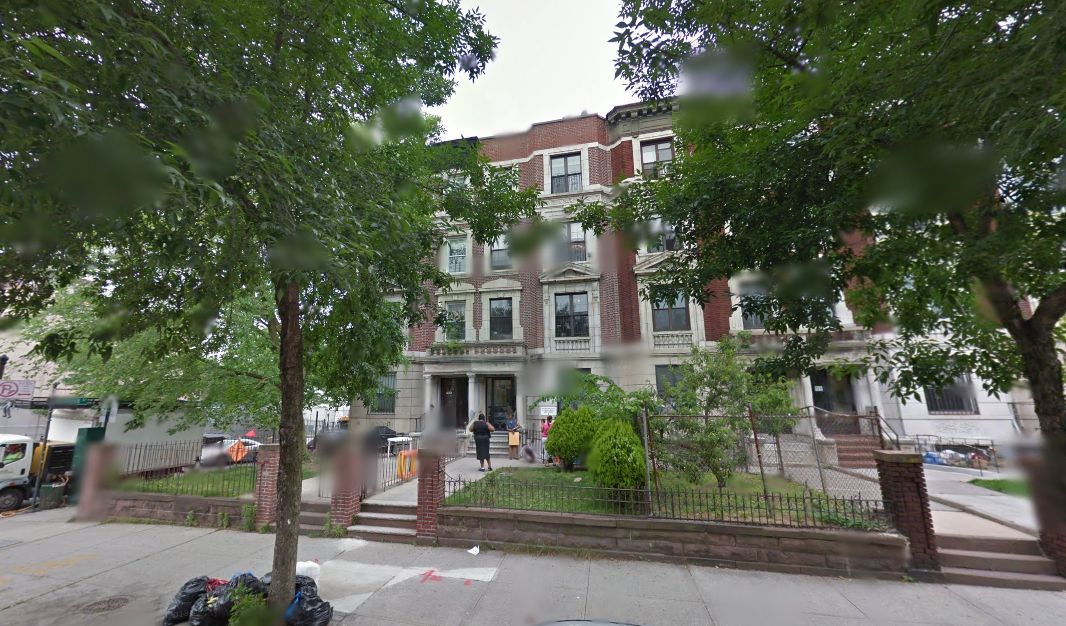
———————————————————————————————————————–
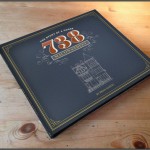 The story you have just read was composed from extensive historical research conducted by The Brownstone Detectives. We perform in-depth investigations on the historic homes of our clients, and produce for them their very own House History Books. Our hardbound books include an illustrated and colorful narrative timeline that will bring the history of any house to life. Contact us today to begin discovering the history of your home.
The story you have just read was composed from extensive historical research conducted by The Brownstone Detectives. We perform in-depth investigations on the historic homes of our clients, and produce for them their very own House History Books. Our hardbound books include an illustrated and colorful narrative timeline that will bring the history of any house to life. Contact us today to begin discovering the history of your home.